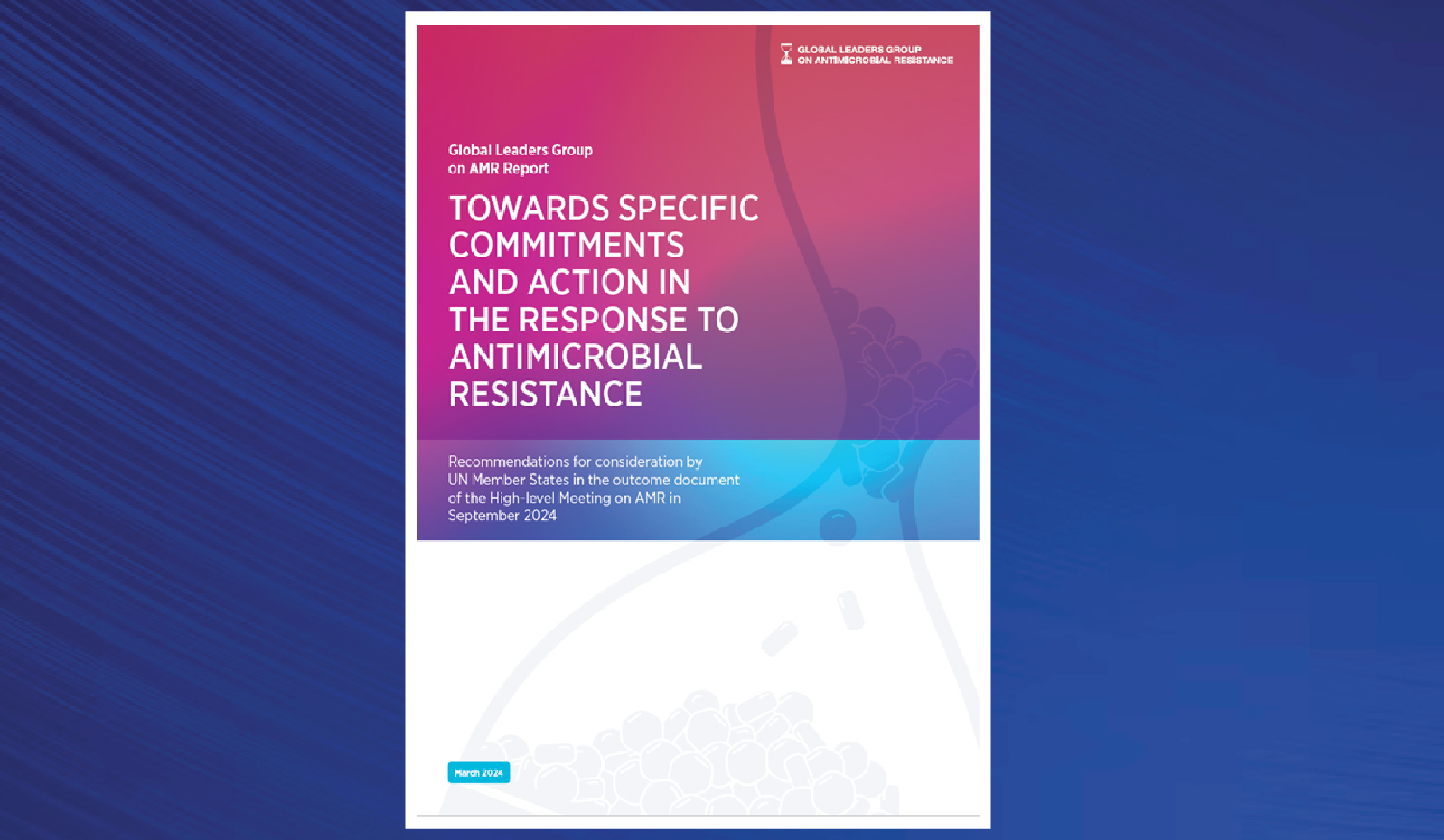The Union Minister launched the second version of the National Action Plan on Antimicrobial Resistance (NAP-AMR) (2025–29).
About NAP-AMR 2.0
- It builds upon the gaps identified in the first National Action Plan (2017–2021) and aligns with the Global Action Plan on AMR by the WHO.
- It includes specific action plans of each key stakeholder ministry/department with timelines and budget to enable effective monitoring of progress in implementation.
- Key strategies:
- Increasing the ownership of AMR-related efforts and well defined mechanisms for strengthening inter-sectoral coordination.
- Enhancing laboratory capacity and infection control in healthcare facilities.
- Ensuring stronger engagement with the private sector
About AMR and Impact of AMR
- Antimicrobial Resistance (AMR) occurs when microorganisms such as bacteria, viruses, fungi, and parasites evolve mechanisms to resist the drugs designed to kill them.
- Impact:
- Global Health Threat: It is associated with around 4.95 million deaths a year globally and 1.27 million deaths are directly attributed to it.
- Higher Healthcare Burden: Ineffective treatment leads to increased healthcare costs for families.
- Growth and Economy: AMR weakens productivity and increases financial losses, threatening national and global economic development.
- Delays in Treatment: Resistance to antimicrobial medicines causes delays in effective treatment.
- Others: Food production, Threat to Medical Procedures, Reversal of Medical Progress





